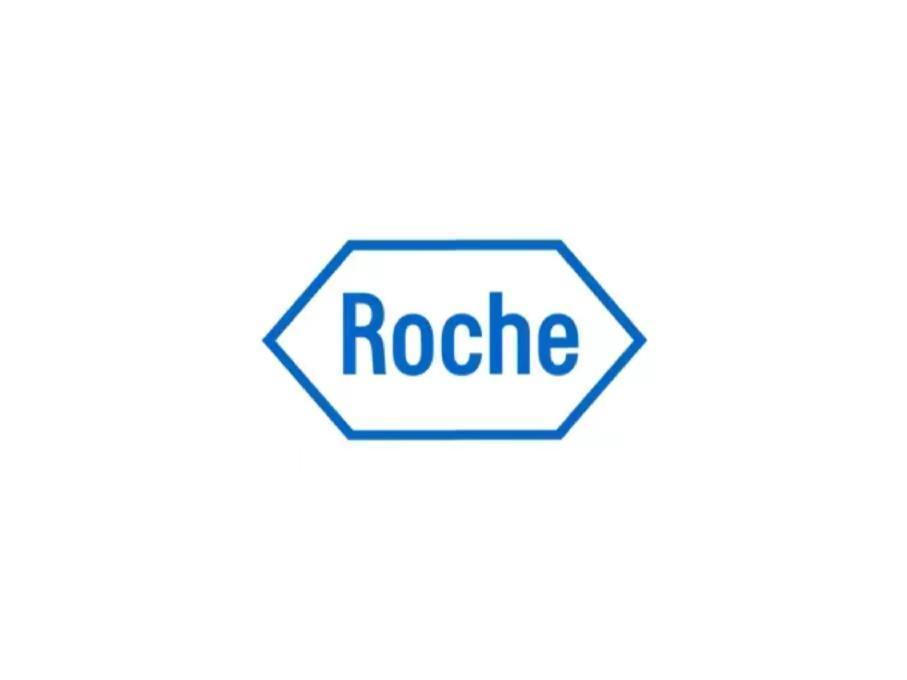



Original from: Roche
¡¤ Group sales grew by 6%1 at constant exchange rates (CER) (2% in CHF) in the first nine months, driven by the high demand for both our medicines and diagnostics; excluding COVID-19-related products, sales increased by 8%
¡¤ In the third quarter, Group sales rose by 9% (6% in CHF), as they did in the second quarter
¡¤ Pharmaceuticals Division sales rose by 7% in the first nine months; the strong growth of 9% in the base business2 was driven by continued high demand for our newer medicines to treat severe diseases; Vabysmo (serious eye diseases), Phesgo (breast cancer) and Ocrevus (multiple sclerosis) were major growth drivers
¡¤ Diagnostics Division sales increased by 5% in the first nine months, while the base business2 grew by 8% due to higher demand for immunodiagnostic, pathology and molecular solutions
Highlights:
- US approval for Itovebi (inavolisib) for breast cancer, Ocrevus Zunovo subcutaneous injection for multiple sclerosis and Tecentriq Hybreza subcutaneous formulation for various types of cancer
- EU approval for Vabysmo for retinal vein occlusion (RVO), a serious eye disease, and PiaSky for paroxysmal nocturnal haemoglobinuria (PNH), a rare life-threatening blood condition
- Positive phase III data for Gazyva/Gazyvaro (lupus nephritis, a kidney disease), Xofluza (influenza) and Tecentriq (lung cancer). New positive phase II data for fenebrutinib (multiple sclerosis), and new positive long-term data for Evrysdi (spinal muscular atrophy)
- Acquired AntlerA Therapeutics for a novel target in ophthalmology, and signed agreement for the acquisition of two next-generation CDK inhibitor drugs targeting breast cancer from Regor Pharmaceuticals
- Closing of acquisition of LumiraDx¡¯s point-of-care technology to expand access to diagnostic testing in primary care and low- and middle-income countries
- Launch of the cobas Respiratory flex test, the first to use our new Temperature-Activated Generation of Signal (TAGS) technology
- WHO endorsement for CINtec PLUS testing for cervical cancer prevention
Outlook for 2024 confirmed
Roche CEO Thomas Schinecker: ¡°Our strong growth momentum continued in the third quarter, reflecting the high demand for our innovative medicines and diagnostic solutions and their positive impact on patients¡¯ lives around the world.
We made significant progress in our pharmaceuticals portfolio in the last quarter with five important regulatory approvals for our medicines, three positive phase III read-outs, and two acquisitions to strengthen our oncology and ophthalmology pipelines.
Itovebi (inavolisib) recently received US approval based on clinical data demonstrating a reduction of more than 50% in the risk of death or worsening disease for people suffering from a form of advanced, hard-to-treat breast cancer. In addition, we had positive phase III results for Gazyva/Gazyvaro in lupus nephritis, a potentially life-threatening kidney disease for which limited treatment options are available today.
We confirm our outlook for 2024.¡±

Core earnings per share are targeted to grow in the high single digit range (CER), excluding the impact from the resolution of tax disputes in 2023.
Roche expects to further increase its dividend in Swiss francs.
The appreciation of the Swiss franc against most currencies had an adverse impact on the sales reported in Swiss francs compared to constant exchange rates.
The Pharmaceuticals Division sales increased by 7% to CHF 34.3 billion, while the base business (excluding COVID-19) grew by 9%, driven primarily by higher sales of Vabysmo (severe eye diseases), Phesgo (breast cancer), Ocrevus (multiple sclerosis), Hemlibra (haemophilia) and Polivy (blood cancer).
These five medicines together generated total sales of CHF 13.2 billion, an increase of CHF 2.7 billion (CER) from the first nine months of 2023.
The eye medicine Vabysmo, launched in early 2022, continues to be a major growth driver, generating sales of CHF 2.8 billion on growing demand in all regions.
Sales of Avastin (various types of cancer), Herceptin (breast and gastric cancer) and MabThera/Rituxan (blood cancer, rheumatoid arthritis) decreased by a combined CHF 0.5 billion as the impact of biosimilar competition slowed further. Sales of the COVID-19 medicine Ronapreve were negligible compared with CHF 0.5 billion in the first nine months of 2023.
In the United States, sales grew by 7% as strong sales of Vabysmo, Ocrevus, Polivy and Xolair (food allergies) were partially offset by the continued decline in sales of medicines for which patent protection has expired. Vabysmo achieved CHF 2.1 billion in sales, showing a high uptake in both new patients and patients switching from other medications.
In Europe, sales rose by 7%, driven by demand for Vabysmo as well as by the continued uptake of Phesgo, Ocrevus, Evrysdi (spinal muscular atrophy) and Hemlibra. This was partially offset by lower sales of medicines for which patent protection has expired and of Perjeta (breast cancer) due to the ongoing conversion of patients to Phesgo.
Sales in Japan were down 21%, mainly due to the base effect of the supply of Ronapreve (COVID-19) to the government in the first quarter of 2023. Excluding this effect, sales in Japan were 3% lower as strong demand for Phesgo and Vabysmo was more than offset by the impact of government price cuts and lower sales of medicines for which patent protection has expired.
Sales in the International region surged by 19%, led by demand for Perjeta, Hemlibra, Tecentriq (cancer immunotherapy), Phesgo and Ocrevus as well as the launch of Elevydis (gene therapy, Duchenne muscular dystrophy). Sales in China increased by 8%, driven by Xofluza, Perjeta, Polivy and Avastin.
The Diagnostics Division sales increased by 5% to CHF 10.7 billion, while the base business (excluding COVID-19) grew by 8%. Immunodiagnostic products, which include cardiac, oncology and thyroid tests, were the main growth drivers (10%). Additional growth came from pathology and molecular solutions. Sales of COVID-19 tests were CHF 0.1 billion in the first nine months of 2024 compared with CHF 0.4 billion in the corresponding period last year.
Sales growth was reported across regions, with the Europe, Middle East and Africa (EMEA) region growing by 5%, North America by 6%, Asia-Pacific by 2% and Latin America by 18%.